Sony A7 III vs A7R III vs A7S II: How do they compare?
We take a look at how Sony's most recent Alpha-branded A7 models stack up against each other
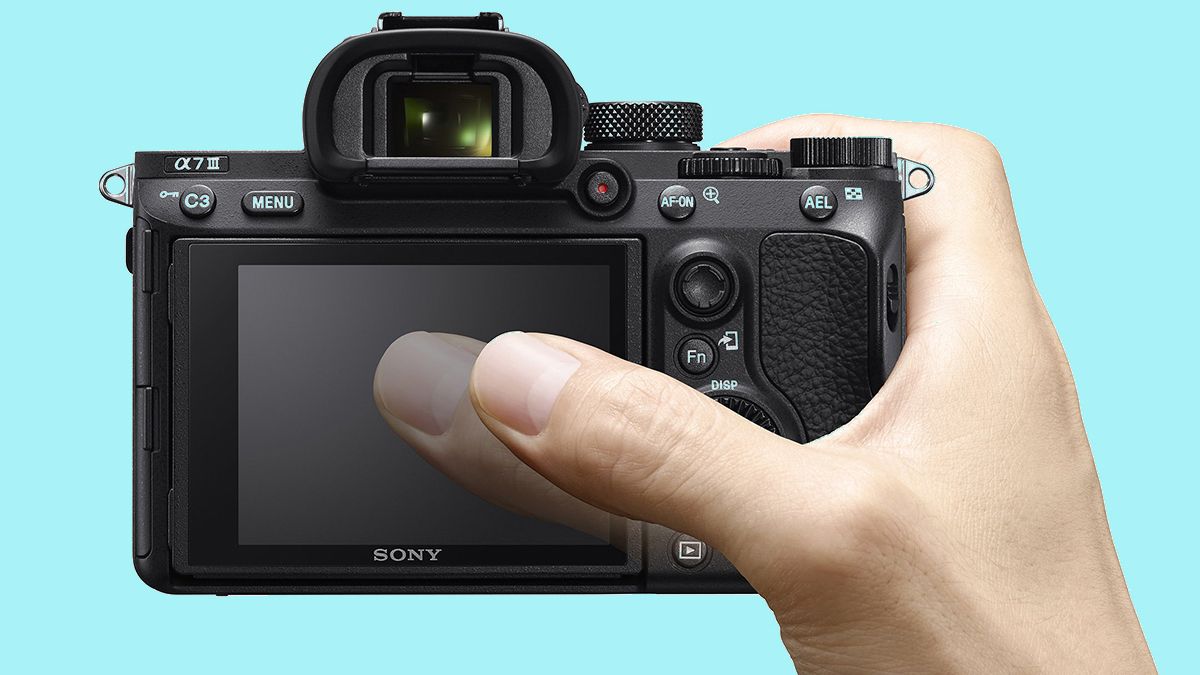
Sony’s A7 interchangeable-lens camera series is notable for using full frame sensors and a traditional DSLR ape-ing form, yet, conveniently, being more portable than comparable DSLRs, thanks to their mirrorless design.
They also make use of the Sony E-mount that was introduced alongside the brand’s now discontinued NEX series of compact system cameras. Unsurprisingly then, the A7 and successive siblings in the A7R and A7S have increasingly found favour with photo enthusiast and professionals ever since the range was first introduced back in 2013.
Now we're into second and even third generation iterations of these original Sony Alpha models, with just the A7S II waiting to be replaced by a Mark III version.
So how do the A7 III (ILCE-7M3), A7R III (ILCE-7RM3) and A7S II (ILCE-7SM2) compare with one another in terms of their feature sets?
• Read more: Sony A7R IV vs A7R III vs A7R II
We take a look at where they mirror each other and where they differ. Read on to find the best Sony A7-series camera for your specific requirements.
Sony A7 III vs A7R III vs A7S II: Sensor and processor
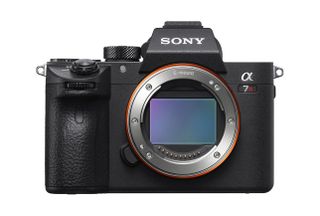
- Sony A7 III: Full-frame (35.6x23.8mm) Exmor R CMOS, 24.2MP effective
- Sony A7R III: Full-frame (35.9x24mm) Exmor R CMOS, 42.4MP effective
- Sony A7S II: Full-frame (35.6x23.8mm) Exmor CMOS, 12.2MP effective
As we can see from the above specifications, although the three models feature full frame sensors – and the A7R III and A7S II of the exact same physical proportions – the pixel count of one is vastly different from the others.
Get the Digital Camera World Newsletter
The best camera deals, reviews, product advice, and unmissable photography news, direct to your inbox!
Obviously if you’re wanting to reproduce images extremely large – even, theoretically, up to billboard size – and achieve the kind of resolution formerly only provided by a much bulkier medium-format camera, the A7R III is the camera to go for. It marries a full-frame Exmor R sensor with a latest generation BIONZ X processor to boost processing speed.
Sitting in the middle and still offering a very respectable 24.2MP effective resolution that we’d expect from a camera of its class and price is the A7 III, while the A7S II illustrates the fact that high sensitivity, wide dynamic range and 4K video recording is more its priority by fielding a 12.2MP Exmor sensor instead.
For example, as indicated by the ‘S’ in its name, the A7S II’s core sensitivity range is expandable from a maximum (and still very impressive) ISO 102,400 to a ridiculously high ISO 409,600 equivalent setting, suggesting that this is the one for handheld low-light work
This is further aided by its five axis optical image stabiliser, while extra-fine detail with minimal noise and processing speed is promised by the camera’s combination of its Exmor sensor and BIONZ X processor.
By comparison, the higher 42.4MP effective resolution of the A7R III has meant an expandable maximum light sensitivity setting capped at ISO 102,400, when expanded from an otherwise maximum ISO 32,000 setting.
Again, as we’d expect, the A7 III sits between the two in terms of low-light capability, with its maximum expanded setting the equivalent of ISO 204,800, up from a relatively conservative maximum native top sensitivity of ISO 51,200.
On this model, Sony also claims its (at the time) newly developed back-illuminated sensor when combined with BIONZ X processor achieves a data-readout speed two times faster than its predecessor, together with data processing capability that's 1.8x higher.
Sony A7 III vs A7R III vs A7S II: Lens mount and compatibility
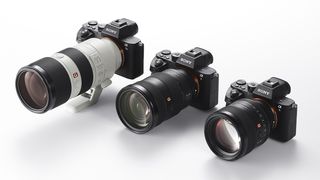
- Sony A7 III: Sony E-mount lenses (or older A-mount via adapter)
- Sony A7R III: Sony E-mount lenses (or older A-mount via adapter)
- Sony A7S II: Sony E-mount lenses (or older A-mount via adapter)
Sony’s E mount and its compatible lenses were originally devised to work with its compact, mirrorless system cameras, which stretches from the budget APS-C-based models right up to the full-frame A7 and A9 series.
Guide: Best Sony lenses
A smaller mount than its original A-mount system used for its now-retired DSLRs, this has naturally necessitated different lenses. Thus, an A-mount lens cannot be used directly on an E-mount camera without an optical adapter (LA-EA3). But the beauty is that, with said adapter, access to an even greater array of creative choices is possible. Third party adapters – and lenses – extend these possibilities further still.
On the A7 III, Sony is claiming improved mount rigidity over its predecessors, saying the number of screws securing the lens mount has been increased to six to ensure durability when using heavy optics – a distinct possibility, given its appeal to pros as well as keen amateurs.
All three models also offer five-axis image stabilisation at sensor level, which means that the technology is not required inside optics. Among full-frame cameras, this was first introduced inside the A7 II, before being rolled out to subsequent models. Interestingly, the A7S II claims to offer a 4.5-stop effect, while the A7 III promises a 5-stop effect, but only with the A7R III does Sony claims a 5.5-stop advantage.
Sony A7 III vs A7R III vs A7S II: Video
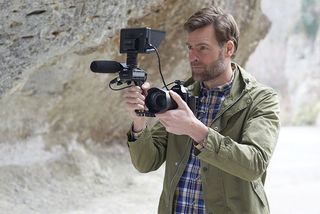
- Sony A7 III: 4K UHD video up to 30p, Full HD up to 120p
- Sony A7R III: 4K UHD video up to 30p, Full HD (1920x1080) up to 120p
- Sony A7S II: 4K UHD video up to 30p, Full HD (1920x1080) up to 120p
All of these cameras not only boast the advantage of shooting full-frame stills but also the distinct advantage of 4K video.
On the A7 III, full pixel readout without binning in 35mm full frame mode makes it possible to condense 2.4x the data required for 4K movies. Sony claims that, as a result, artefacts such as moiré and jaggies are minimised.
Its siblings are no slouches either when it comes to video. On the A7R III, Sony provides users with the ability to internally record 4K movies oversampled from 5K (15MP) equivalent data in Super 35mm format, theoretically delivering a improved level of detail.
Like the others, the ‘sensitive’ A7S II offers Full HD video clip recording, in the case of this camera at up to an impressive 60fps, or alternatively 120fps for slow-motion playback. It also offers internal 4K video recording capability with no pixel binning, once again to avoid aliasing artefacts.
On top of that, all three offer S-Log3 as well as S-Log2 gamma curves, together with a range of supporting features. So, when it comes to video, it appears that all three of our contenders are in a capable position to deliver the goods.
Sony A7 III vs A7R III vs A7S II: AF system
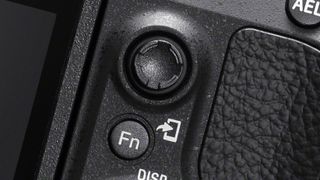
- Sony A7 III: Hybrid AF, 693 phase-detect points, 425 contrast-detect points
- Sony A7R III: Hybrid AF, 399 phase-detect points, 425 contrast-detect points
- Sony A7S II: Contrast-detect, 169 points
The pitch with Sony’s A7 III is that it utilises the same AF advancements as in its maker’s A9 model, enabling it to accurately capture unpredictable moving subjects, such as dancers and wildlife.
There are 693 phase-detection AF points, which are equally responsive when using an A-mount lens via adapter as when utilising a dedicated E-mount optic. These cover approximately 93% of the image area, and are joined by 425 densely packed contrast-detect AF points to improve accuracy further.
As on the A7R III, the camera promises to focus down to -3EV, and there's also eye-detection tracking available when shooting stills in Eye AF mode, which is used in conjunction with AF-C (continuous) mode. Subject focus can also be controlled using the camera’s rear touchscreen. In short, the camera provides a very versatile AF system for photographers.
Compared with its predecessor, Sony claims the A7R III delivers an AF response that is twice as quick. Its built-in subject eye detecting function is similarly said to be two times more effective, even when photographing a moving subject, which suggests that it's particularly adept for portraiture. In general terms, AF is also claimed to be precise to a high level, even at light levels as low as -3EV. Add in the ability to use touch focus by tapping your subject on the rear LCD monitor, and, in short, the advantage is that there is less likelihood of you missing the shot.
Sony claims the A7S II's AF system can acquire focus at an ever lower –4EV – one full stop beyond that of its two siblings – and when you consider the intended user and applications, this makes a lot of sense.
Unlike its fellow A7 cameras though, the A7S II doesn’t use a hybrid AF system of phase- and contrast-detect AF to achieve fast and accurate focusing, but rather relies on a whopping 169-point contrast detection AF system. As with the others here there’s the opportunity for single- or continuous-shot AF, or switching to manual, as desired.
Guide: The best Sony lenses in 2018
Sony A7 III vs A7R III vs A7S II: burst shooting (fps)

- Sony A7 III: 10fps with AF/AE tracking (or 8fps in live view mode). Up to 177 JPEGs, 89 compressed Raw or 40 uncompressed Raw frames.
- Sony A7R III: 10fps with AF/AE tracking (or 8fps in live view mode). Up to 76 compressed RAW or JPEG, or 28 uncompressed RAW frames.
- Sony A7S II: 5fps (Speed Priority mode); otherwise 2.5fps. Up to 200 JPEGs, 31 compressed Raw frames or 24 uncompressed Raw frames.
All the Sony A7 series are speedy contenders when it comes to image capture.
The A7 III can deliver a very respectable 10fps with autofocus and auto exposure maintained, or a commendable 8fps "with minimal display lag in live-view continuous shooting mode." For occasions when you don’t want to distract the subject there's also a silent shooting option, which, again, works at up to 10fps with AF/AE tracking at maximum resolution.
The A7R III can also, impressively, deliver up to 10fps capture speeds, for up to 76 JPEGs or the same mount of Raw files. The A7S II is a little less impressive than its counterparts in offering a maximum 5fps continuous shooting in the Speed Priority mode, or 2.5fps otherwise. In the former mode it's possible to achieve 200 standard JPEGs or 31 Raw frames in a continuous burst, which still isn’t a slouch by any means.
- 1
- 2
Current page: Sensor, lens mount, video and AF
Next Page Viewfinder, LCD, battery life and verdictGavin has over 30 years’ experience of writing about photography and television. He is currently the editor of British Photographic Industry News, and previously served as editor of Which Digital Camera and deputy editor of Total Digital Photography.
He has also written for a wide range of publications including T3, BBC Focus, Empire, NME, Radio Times, MacWorld, Computer Active, What Digital Camera and the Rough Guide books.
With his wealth of knowledge, Gavin is well placed to recognize great camera deals and recommend the best products in Digital Camera World’s buying guides. He also writes on a number of specialist subjects including binoculars and monoculars, spotting scopes, microscopes, trail cameras, action cameras, body cameras, filters and cameras straps.
